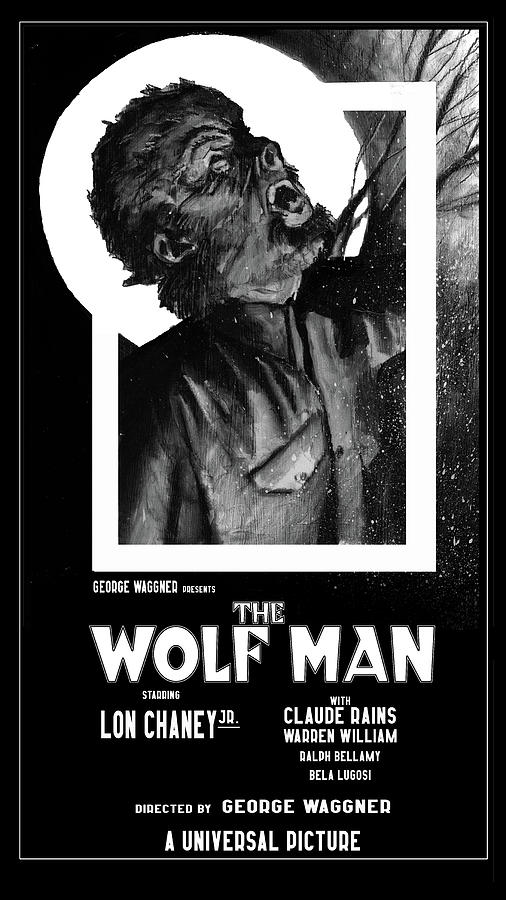The Wolfman then and now
Visual effects have always been a key storytelling tool in multiple films, especially horror films. They make the impossible possible on the big screen for the audience to experience a fun fright. There have been significant approaches to how these effects are made throughout the past centuries. Starting with practical, in-camera effects, the beginning of the 20th century pushed forward any story in a way nobody could have imagined before. However, in the 21st century, CGI made these effects even sharper, making the visuals much more appealing. A great example is how The Wolf Man 1941 was made vs. The Wolfman 2010. In this article, I will compare the practical and digital effects of these two films and how they push horror forward in their own way.

The central aspect that sold The Wolf Man 1941 transformation was the intricate makeup done by makeup artist Jack Pierce and the actor Lon Chaney Jr.’s performance. He was transformed into this famous monster in the film using only prosthetics and special effects makeup. Lon Chaney Jr. spent 6 hours in the chair going through this long and tiresome transformation and some additional 3 hours to take off the makeup. Some materials used to create this character were prosthetics made out of rubber, false teeth, wigs, and thousands of yak hairs. Jack Pierce avoided using Canidae features so the actor could easily move under all the makeup and resemble more of an anthropomorphic creature.
Photo Courtesy of Universal Pictures
The morphing process of this character was challenging because it was all done using practical special effects makeup in combination with in-camera effects. It took 21 hours to achieve the total on-screen transformation and cuts. The director George Waggner used the dissolve camera transition to fade in and out of the werewolf transformation. Using time-lapse photography, meaning that after shooting a few seconds of the scene, the actor would have to go back and forth to the makeup department to add the makeup little by little until the entire transformation was gradually done and captured in film. No wonder it took so long to complete.
Photo Courtesy of The Wolf Man Universal Pictures
On the other hand, Benicio del Toro’s transformations in The Wolfman (2010) were much more detailed and cinematic thanks to the use of digital effects to enhance the story and makeup created by Rick Baker. The makeup and character design portrayed the horrible traits and capabilities of the wolfman. “We knew that the wolfman was going to do horrible things to people, and we thought we could make him look like he could and does.” – Rick Baker. Just by seeing him, you know he is going to kill you.
Subtle details such as the pupil shift, blood coming out of the creature’s mouth, and the dislocation of fingers as Lawrence Talbot transforms into the werewolf enhanced the gruesome effects of this morphing process. Compared to the 1941 version, we can say that there was more gore and action involved in the film. Using CGI and motion capture, the visual effects pushed this film’s horror. A huge part of the credit was not only the visual effect artists but also Benicio del Toro’s performance. “He sells the painful nature of the metamorphosis by contorting and bending his body and face in a very grotesque and frightening matter”. All of this was before applying the CGI on top to enhance his performance. In addition to the digital visual effects, the sound effects were also a big part of selling this transformation. By hearing bones cracking and the sinister sounds and roars from the creature, (actually Benicio), you can really feel disgusted by this scene.
Overall, I believe that an excellent harmony between practical makeup and digital effects is what really sells the story within any film. It enhances realism and evokes emotions in the audience because good visuals make audiences more invested in the movie. If interested, you can watch both versions of The Wolfman on Apple TV. If you liked this review, stay on the lookout next week for our upcoming one in our “Horror Movie Reviews” series!
Sources:

